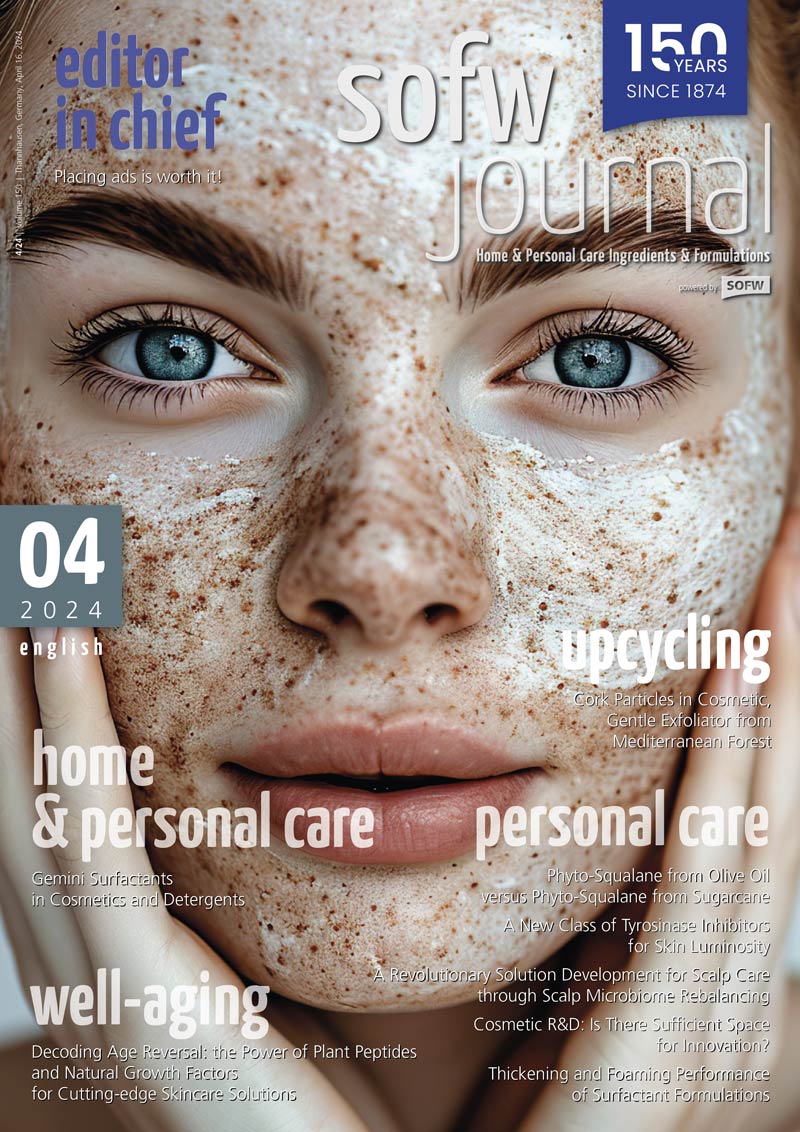Speaker: Uli Osterwalder
Company: SunProtectionFacilitator GmbH
Title: Back to Outdoor Testing – to Make the SPF More Realistic?
Language: German
Abstract: “Outdoor SPF testing” originated with Schulze’s first definition of sun protection factor (SPF). By now, the gold standards ISO 24444 and FDA 2011 are well established. However, there are efforts to perform the measurement outdoors to obtain more realistic results. The question is whether measuring sun protection performance under more realistic conditions is realistic. It has been known for some time that the minimum erythema dose (MED), i.e., the endpoint in determining the photoprotection factor, is not the same when irradiated with a laboratory lamp as it is outdoors in the sun. It has been shown theoretically and practically that the SPF measured outdoors does not reach the high values we know from ISO and FDA standards measured in the laboratory.
But does that mean we should go back to outdoor SPF testing? I don‘t think so. As a routine method, it would simply be too complicated and therefore not realistic. Nevertheless, we should learn from the results of outdoor testing published in recent years. Neither the current SPF gold standards, ISO 24444:2019 or FDA 2011, nor any of the upcoming alternative methods, such as ISO/CD 23675 or ISO/CD 23698, can accurately reflect reality. No standard does. This means that we should think about revisiting how we interpret the results of these standards, also based on what we are learning from the recent outdoor-testing studies. For example, rather than pursuing a race to higher and higher SPF values, emphasize uniform protection with UVA protection that is at least 1/3 SPF or higher. UVA-PF values above 1/3 SPF are feasible and visible light protection is also possible and could be integrated into the concept of the sun protection factor.












